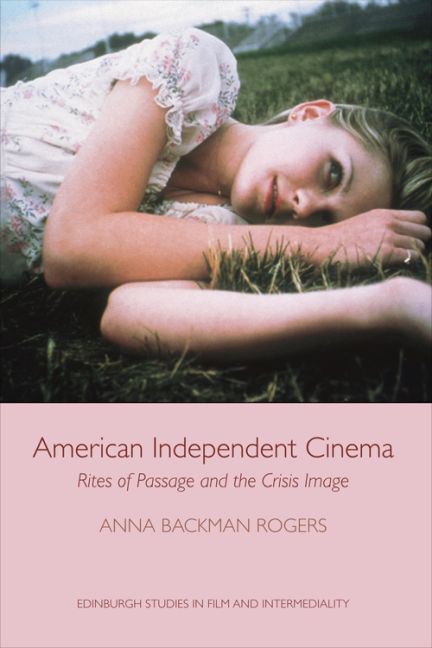Summary
Adolescence: Sofia Coppola's The Virgin Suicides (1999)
The Virgin Suicides is set in Michigan during the 1970s and relates the story of five teenage girls (Cecilia, Lux, Mary, Bonnie and Therese Lisbon) who all commit suicide. The Lisbon girls’ story is told in retrospect by a male narrator who, years after the girls’ deaths, remains infatuated with them and their mystery. This male voice stands in for the brotherhood of boys who were, and continue to be, enamoured with the Lisbon girls and their feminine aura. Overtly, the film is about the trauma these boys suffer after the girls’ suicides and their inability to deal collectively with their deaths. On a formal level, however, the film is concerned with something quite different: the implicit violence of the adolescent rite of passage that pushes individuals into prescribed roles, and the irreparable harm that this can cause. It is this ‘implicit violence’ or reality that the boys truly cannot face up to. The film contains a lot of dreamlike and fantastical imagery; Coppola deliberately draws upon advertising campaigns from the 1970s and the photography from this period by William Eggleston and Sam Haskins in order to create instantly recognisable images that are evocative of a particular kind of feminine beauty that is at once both infantile and pornographic. The abundance of these fantastical kinds of images is one of the film's most salient features. They assail the eye of the film viewer, who is forced to look beyond the surface and to acknowledge the disquieting reality that slips through. Rather than having a pacifying or lulling effect, the accumulation of these various images is unsettling precisely because of their abundance: we become aware of the image as a construction with a highly specific meaning. Mirroring the crisis of loss and comprehension effected on a thematic level, the film moves between the Deleuzian movement-image and time-image regimes, so that the process of trying to construct a narrative that would make sense of the tragedy or ‘cover over’ the reality of the girls’ deaths is undone continually on a formal level.
- Type
- Chapter
- Information
- American Independent CinemaRites of Passage and the Crisis Image, pp. 24 - 61Publisher: Edinburgh University PressPrint publication year: 2015



